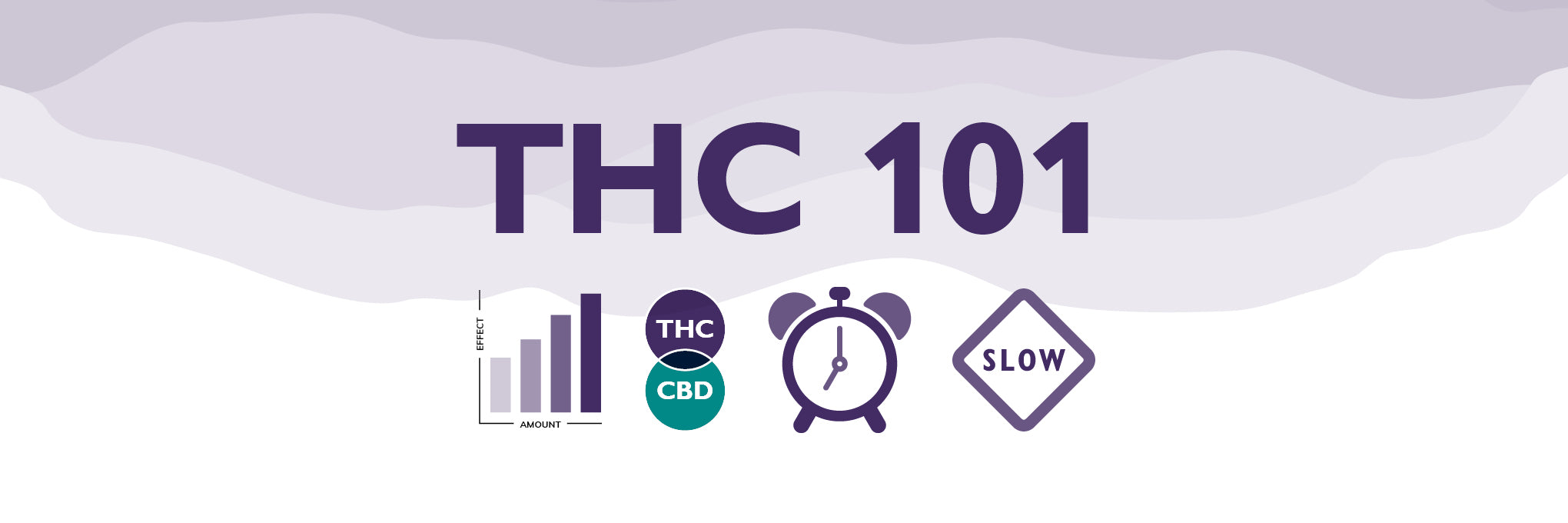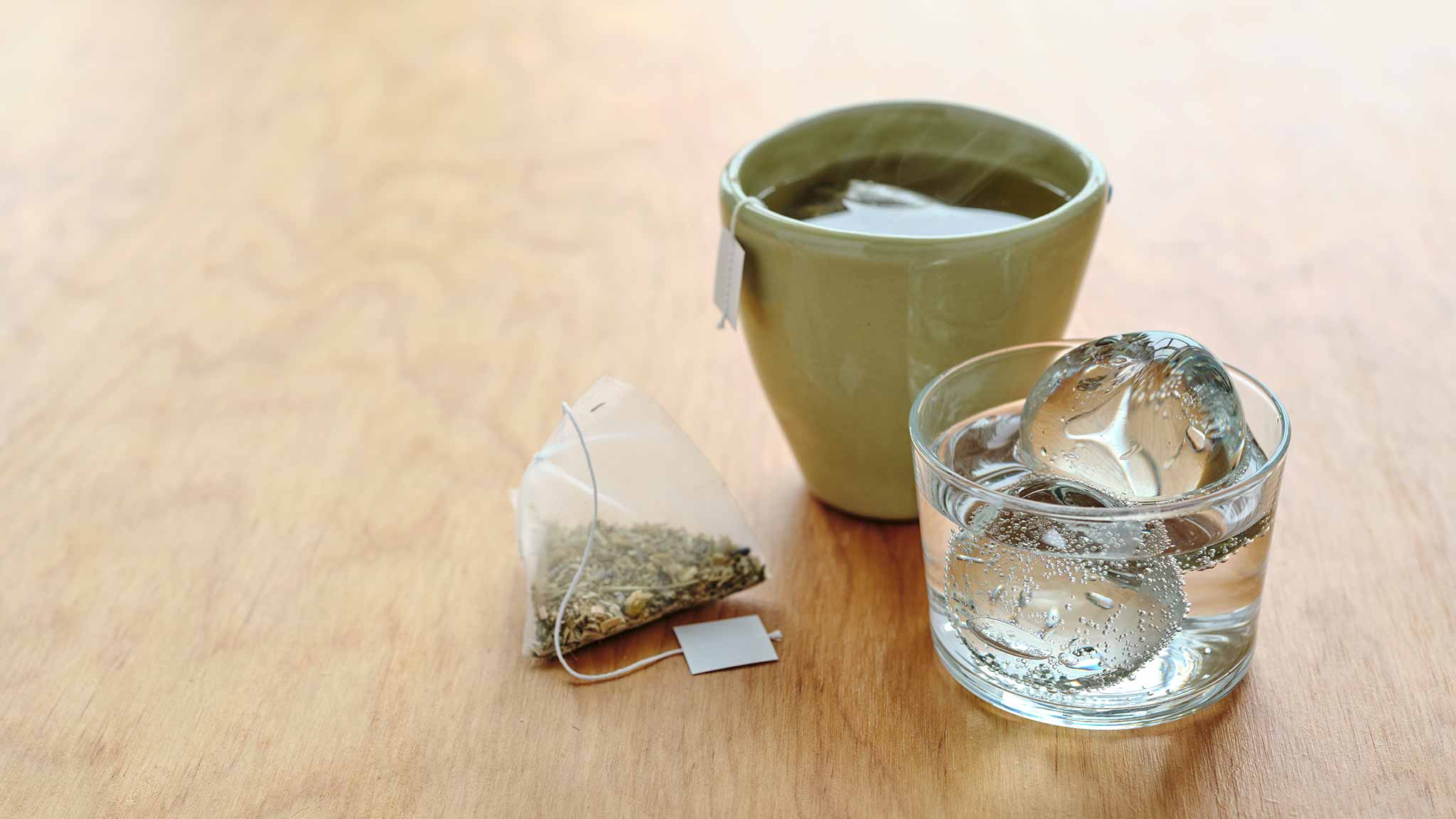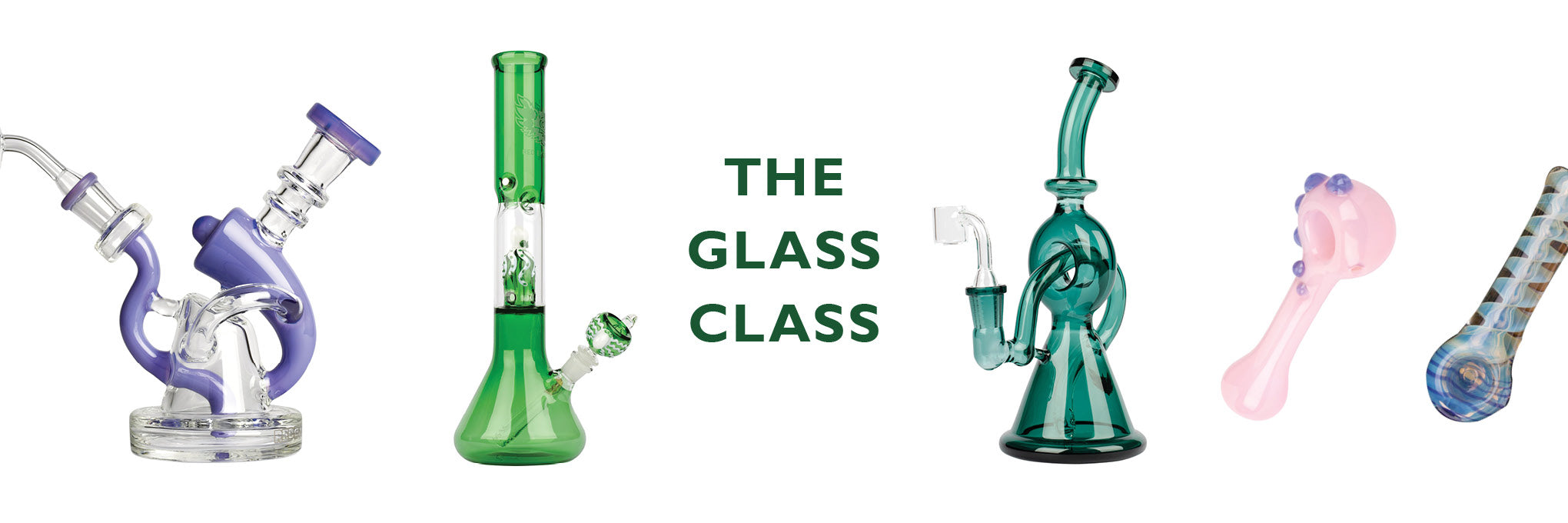

THC 101
Cannabis is a complex plant that contains hundreds of natural chemical substances. More than 100 of these are known as cannabinoids, which are compounds made and stored in the plant’s trichomes. Trichomes are the tiny, resinous glands that stick out from the flowers and leaves of the plant.
What is THC?
Tetrahydrocannabinol (THC) is one of the most well-known and well-researched cannabinoids; you’ll see it mentioned on the labels of legal cannabis products (often referred to as ‘potency’).
THC effects cell receptors in the brain and body. When cannabis is inhaled or ingested, it can change how these cells communicate with each other.
THC is responsible for the feeling of intoxication (the ‘high’) that’s sometimes experienced when people consume cannabis. THC has some therapeutic effects, but it also has some potentially harmful effects (If you have concerns about the effects of THC, speak with your healthcare provider).
How does THC work?
Cannabinoids such as THC mimic the natural ‘endocannabinoid’ chemicals that our bodies produce. In fact, the endocannabinoid system (ECS) was named after the cannabinoid compounds in cannabis.
The ECS is an internal system that helps to regulate a number of biological functions including appetite, mood, pain sensations, balance, memory, fertility, and movement. Our natural endocannabinoids interact with receptors called CB1 and CB2 as part of this system.
When introduced to our system through inhaling or ingesting cannabis, cannabinoids will also interact with these CB1 and CB2 receptors, creating sensations that affect our body and mind. THC binds with the CB1 receptors, which exist in greater concentrations in our brains. This may explain why consuming THC can result in these feelings of intoxication or being ‘high’.
How do I know how much THC is in a product?
To find out the THC potency of a product you can see the concentration of THC shown on the label as a percentage of THC by weight (in dried flower and concentrates such as shatter), by volume in an oil (mg/ml), and as a total amount in edibles and beverages.
Some people prefer to consume products that are higher in the cannabinoid CBD than THC. CBD does not cause intoxication, and may mitigate some of the intoxicating effects of THC when consumed in cannabis that has a higher CBD to THC ratio (at least 2:1). Some products identify the ratio of THC to CBD (for example, products labeled 1:1 contain equal amounts of each).
Look out for products labeled "High-THC" on our website and in our stores; this means that the dried flower products contain at least 14% THC.
What are the limits?
THC limits vary across product categories. Flower has no THC limit. Edibles may contain up to a total of 10mg per package, inhalable extracts (vapes/concentrates) and ingestible extracts (oils) may contain up to 1000mg of THC per package, with a maximum of 10mg of THC per unit in the case of capsules.
Start low and go slow
Health Canada suggests that new consumers look for edible products that contain 2.5 mg of THC or less and remember that, while effects can be felt within 30 minutes to two hours, it can take up to four hours to feel the full effects of edibles.
When it comes to inhaling cannabis, Health Canada suggests starting with one or two puffs of a vape or dried flower with 10% (100 mg/g) or less THC to start. Effects can be felt in seconds to minutes, but it might take up to 30 minutes to feel the full effects. The concentration (% or mg/g) of THC can be found on the label. Always read the label to understand the strength of the product. Choose products with a low amount of THC and an equal or higher amount of CBD.
Start low and go slow if you choose to consume products that contain THC.





